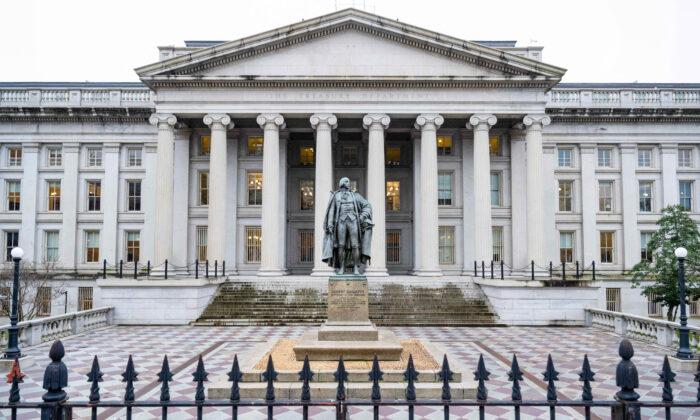With more K-12 schools expected to close in the upcoming weeks, the U.S. Department of Education says it is considering providing states with one-year waivers on standardized testing and other accountability measures required by the federal law.
Under the Elementary and Secondary Education Act (ESEA), which was reauthorized as the Every Student Succeeds Act (ESSA) in 2015, schools are required to administer standardized tests in math and English language arts each year, and also have to make sure at least 95 percent of their student population take those tests. An Education Department-issued waiver is needed if a school has to drop the tests in a time of public emergency.
The Education Department generally doesn’t grant statewide waivers on mandated tests under the ESEA. The reason is that even though a school has been closed for a period of time, the test results still provide important information to parents, educators, and the public about where those students will need support in the following school year.
Regarding the ESSA’s 95 percent participation rate requirement, the department said it “recognize[s] that students may be absent during the test window, leading to a participation rate below 95 percent.” In such a case, it would also consider a targeted one-year waiver that would allow the school to not factor the participation rate into its academic achievement calculations.
The chronic absenteeism rates, which will be publicly reported at the end of the year and used to determine how well each school performs, is also most likely to be impacted by COVID-19 due to school closures or student absences, according to the department. States calculate chronic absenteeism in their own ways, but it is generally defined as missing a certain number of school days for any reason, including excused absences due to illnesses.
Because of the uncertainty, the department said it would consider a one-year waiver to exclude this indicator from a state’s accountability system.
On Mar. 12, Maryland, Michigan, New Mexico, Ohio, Oregon, and the District of Columbia have ordered all K-12 public schools to close over coronavirus concerns. Major urban school districts across the United States, including Atlanta, Austin, Denver, San Diego, and San Francisco, have also announced their closure.





